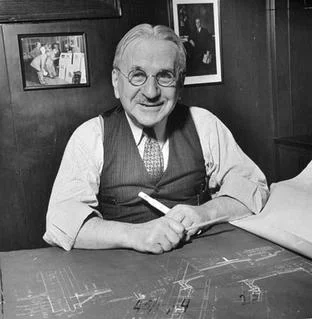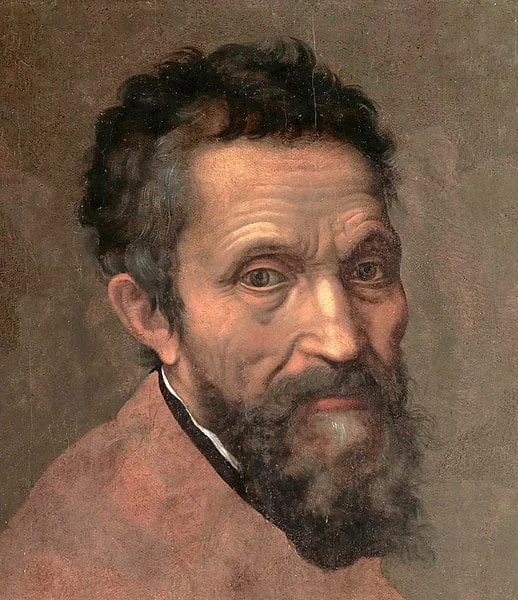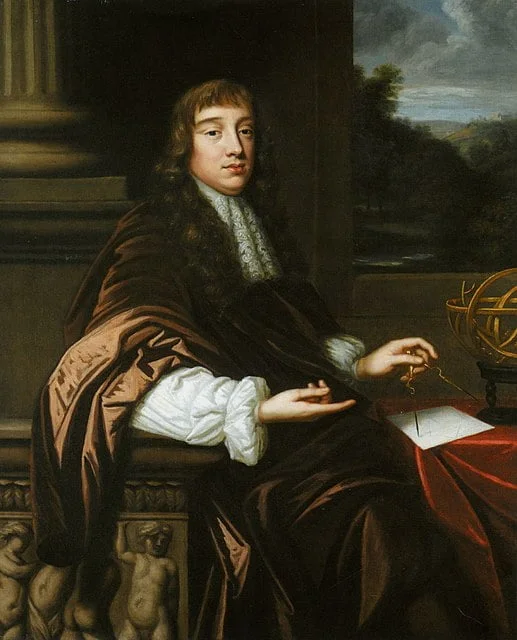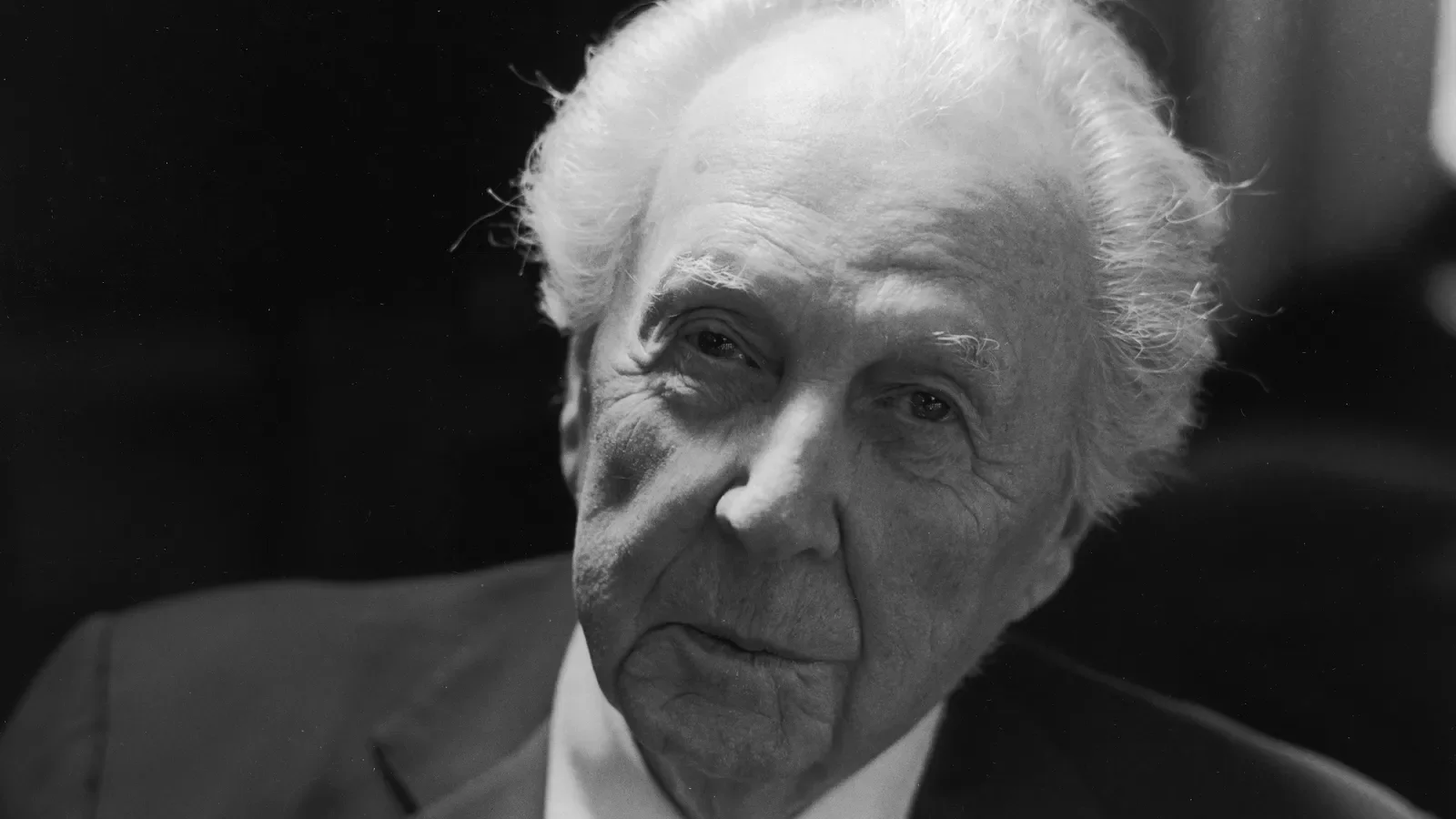Real Celebrities Never Die!
OR
Search For Past Celebrities Whose Birthday You Share

source:wikipedia.org
Albert Kahn
Birthday:
21 Mar, 1869
Date of Death:
08 Dec, 1942
Cause of death:
Heart Attack
Nationality:
American
Famous As:
Architect
Age at the time of death:
73
Introduction to Albert Kahn
Albert Kahn, born on March 21, 1869, in Rhaunen, Germany, was a pioneering architect who significantly influenced the landscape of modern industrial architecture. His impact on the design of industrial buildings, particularly in the early 20th century, earned him the title of the “Architect of Detroit” and established his legacy as a visionary in the field.
Early Life and Education
Kahn’s journey began in a small German village, where he developed an early interest in architecture. His family, seeking better opportunities, immigrated to the United States when he was eleven years old. Settling in Detroit, Michigan, Kahn’s nascent fascination with architecture found fertile ground in a city undergoing rapid industrialization.
Despite facing financial challenges, Kahn’s determination led him to the Detroit Architectural Club, where he honed his skills. Subsequently, he apprenticed under various local architects, gaining practical experience that complemented his formal education. In 1895, he graduated from the Massachusetts Institute of Technology (MIT), marking the formal beginning of his illustrious career.
Career Beginnings and Early Success
Albert Kahn’s career trajectory took a significant turn when he joined the architectural firm of Mason and Rice in Detroit. His talent and innovative approach were quickly recognized, leading to his involvement in designing a range of buildings.
Collaboration with Henry Ford
Kahn’s collaboration with industrialist Henry Ford propelled him to international acclaim. Ford, impressed by Kahn’s expertise, appointed him as the chief architect for the Ford Motor Company. This partnership revolutionized industrial architecture by introducing reinforced concrete as a primary building material.
Kahn’s designs not only enhanced efficiency but also created aesthetically pleasing and functional spaces. The iconic Highland Park Ford Plant, completed in 1910, stands as a testament to his pioneering work.
The Daylight Factory Concept
One of Kahn’s most significant contributions was the development of the daylight factory concept. By incorporating large windows and skylights, he maximized natural light, improving working conditions and reducing the need for artificial lighting. This approach prioritized the well-being of workers while optimizing energy efficiency—an innovative idea that resonated across industries.
Beyond the Automotive Sector
Kahn’s impact extended beyond the automotive sector. His designs spanned various industries, including pharmaceuticals, manufacturing, and research facilities. The Willow Run Bomber Plant, a colossal undertaking during World War II, showcased Kahn’s ability to tackle complex architectural challenges on a massive scale.
Personal Life and Philanthropy
Kahn married Ernestine in 1892, and they had four children. She provided him with a supportive partnership. Despite the demanding nature of his work, Kahn maintained a commitment to philanthropy and community service. His contributions to educational and cultural institutions in Detroit reflected a desire to give back to the city that played a crucial role in shaping his career.
Albert Kahn's Quote's
Legacy and Lasting Impact
Albert Kahn passed away on December 8, 1942, leaving behind a rich legacy that forever altered the architectural landscape. His impact on industrial design and commitment to improving working conditions resonated far beyond his era, solidifying his place as a visionary architect whose contributions continue to shape the way we perceive and interact with industrial spaces.
Enduring Influence
Albert Kahn’s influence transcended his lifetime. His architectural innovations became standard practices, influencing generations of architects. The Albert Kahn Associates architectural firm, founded by Kahn, continued his legacy, contributing to numerous significant projects globally.
Name:
Albert Kahn
Popular Name:
Albert Kahn
Gender:
Male
Cause of Death:
Heart Attack
Spouse:
Place of Birth:
Rhaunen, Kingdom of Prussia (Germany)
Place of Death:
Detroit, Michigan, US
Occupation / Profession:
Personality Type
Adventurer: Flexible and charming artists, always ready to explore and experience something new. He was very innovative in his designs and always willing to experiment something new.
Kahn's innovative designs greatly influenced the efficiency and productivity of mass production during the early 20th century.
Beyond industrial buildings, he also contributed to the architecture of universities, hospitals, and military facilities, leaving a lasting impact on diverse architectural landscapes.
He played a key role in modernizing the automotive industry, designing factories for major companies like Ford, including the iconic Rouge River Plant.
Albert Kahn was a visionary industrial architect who designed over 500 factories, revolutionizing industrial architecture with his use of reinforced concrete.
Automotive Hall of Fame (2012)
Architectural League Silver Medal (1928)








